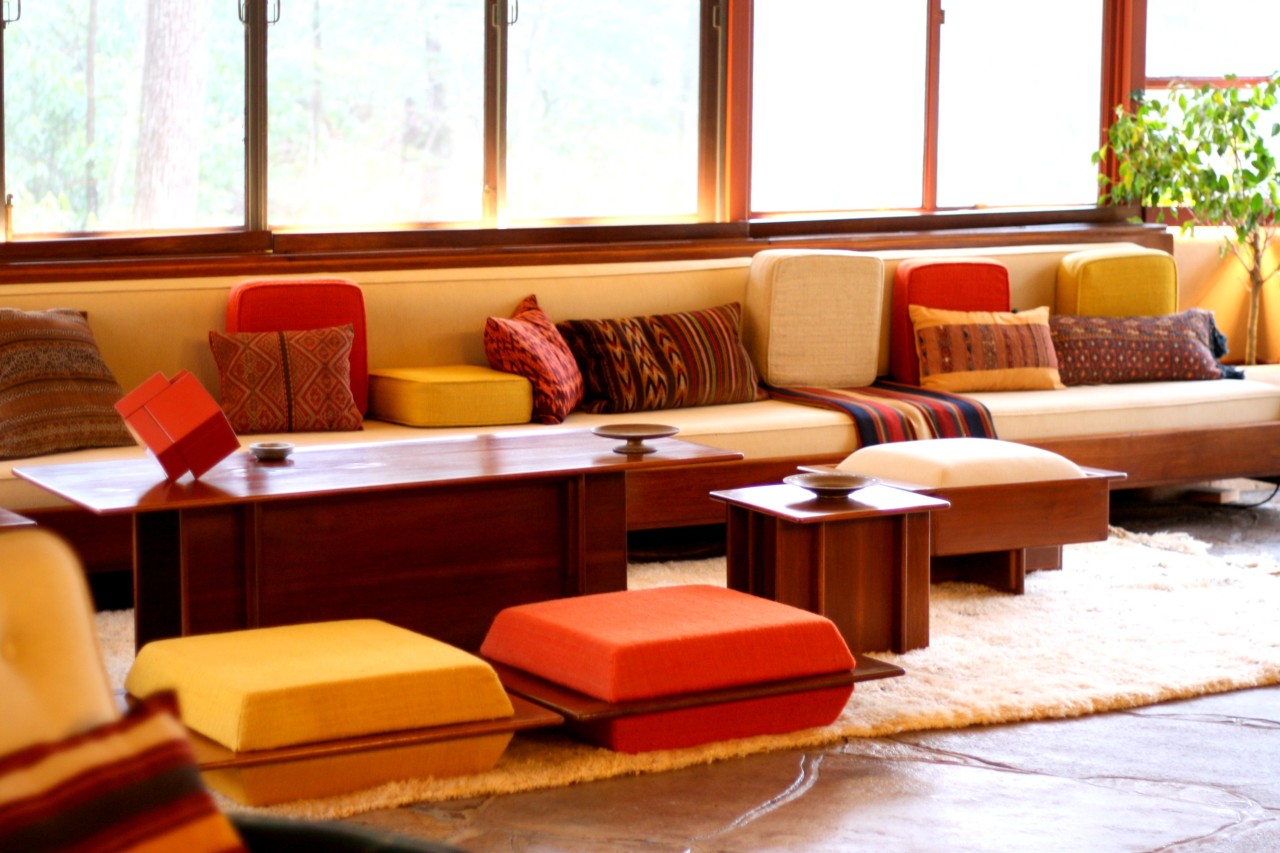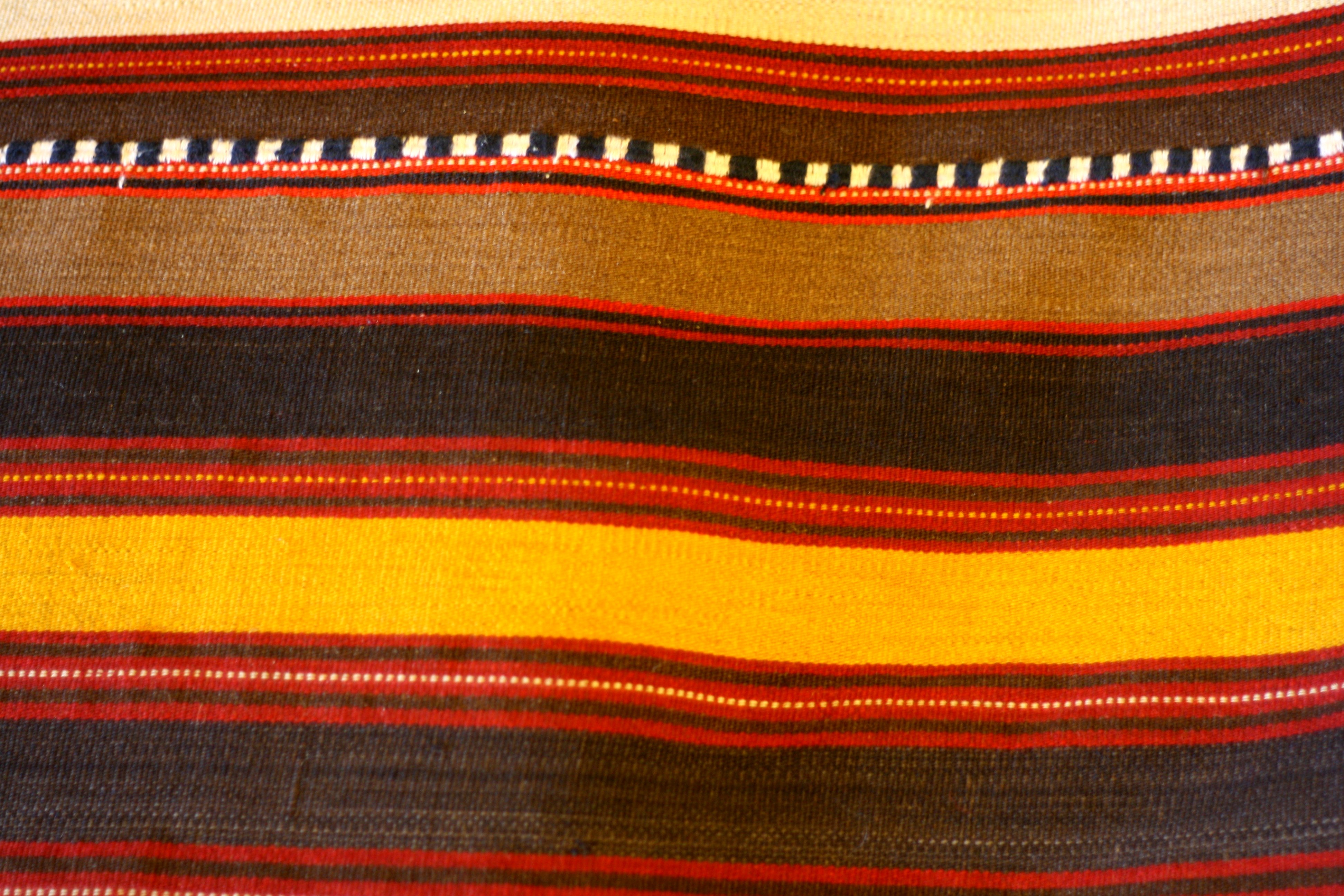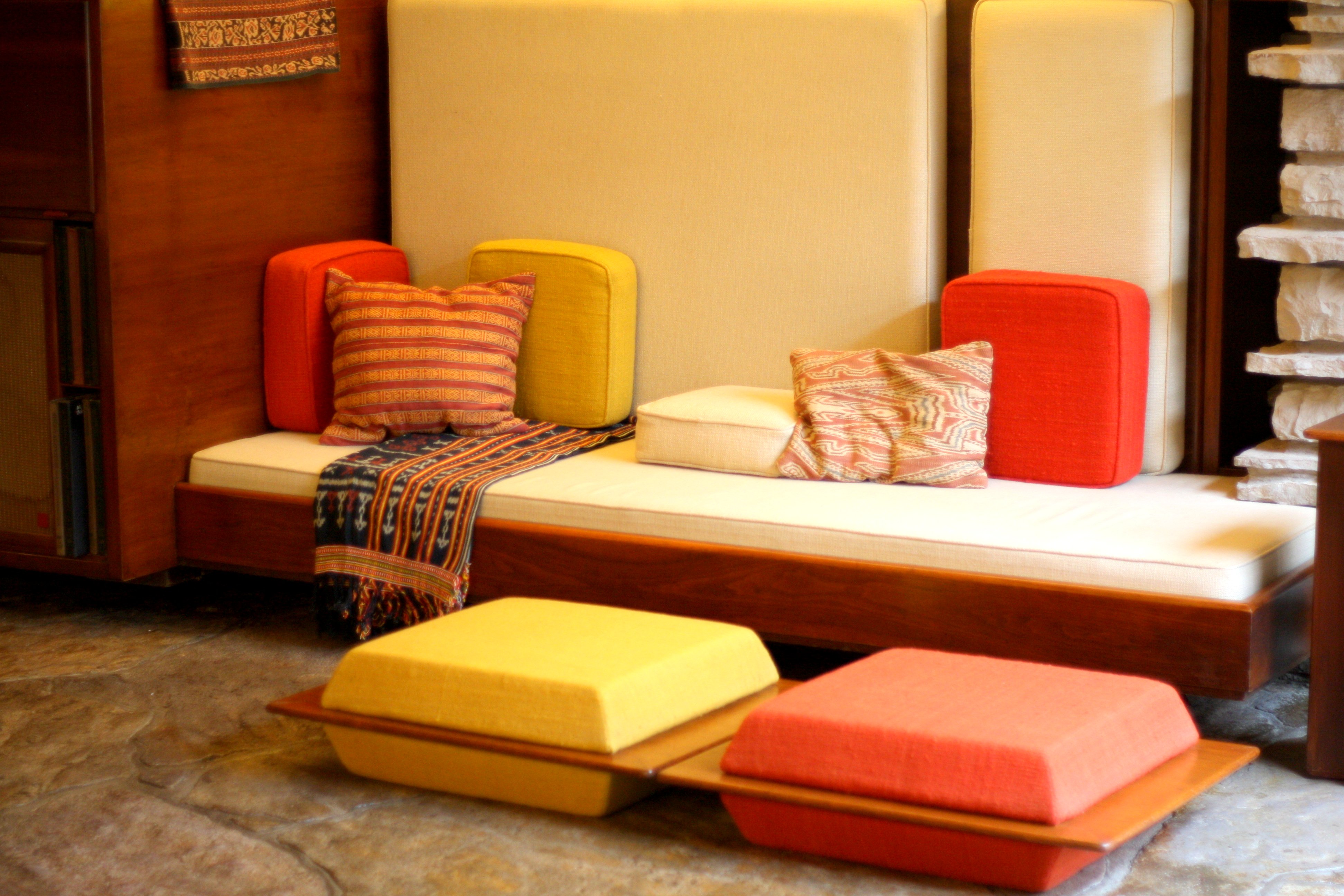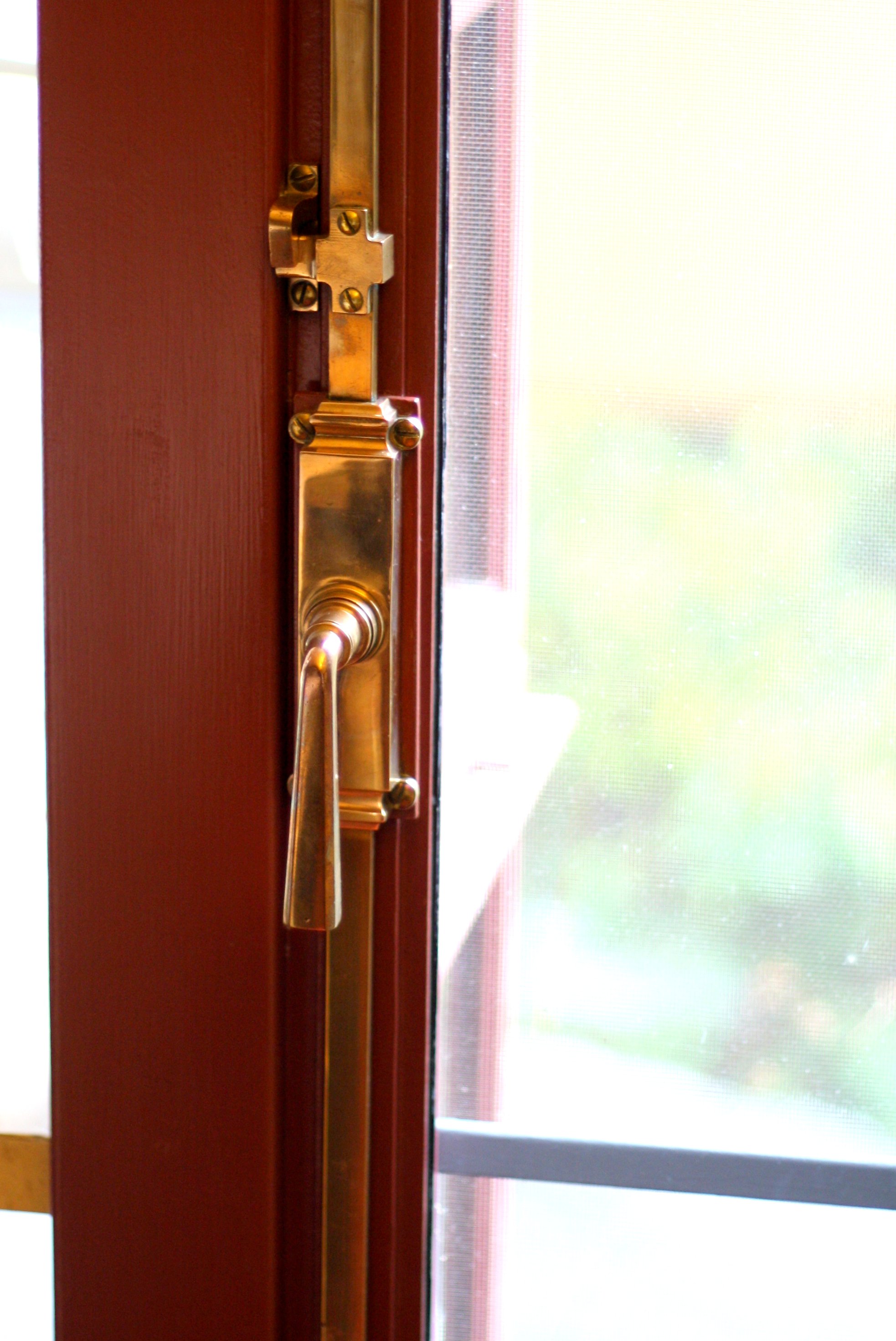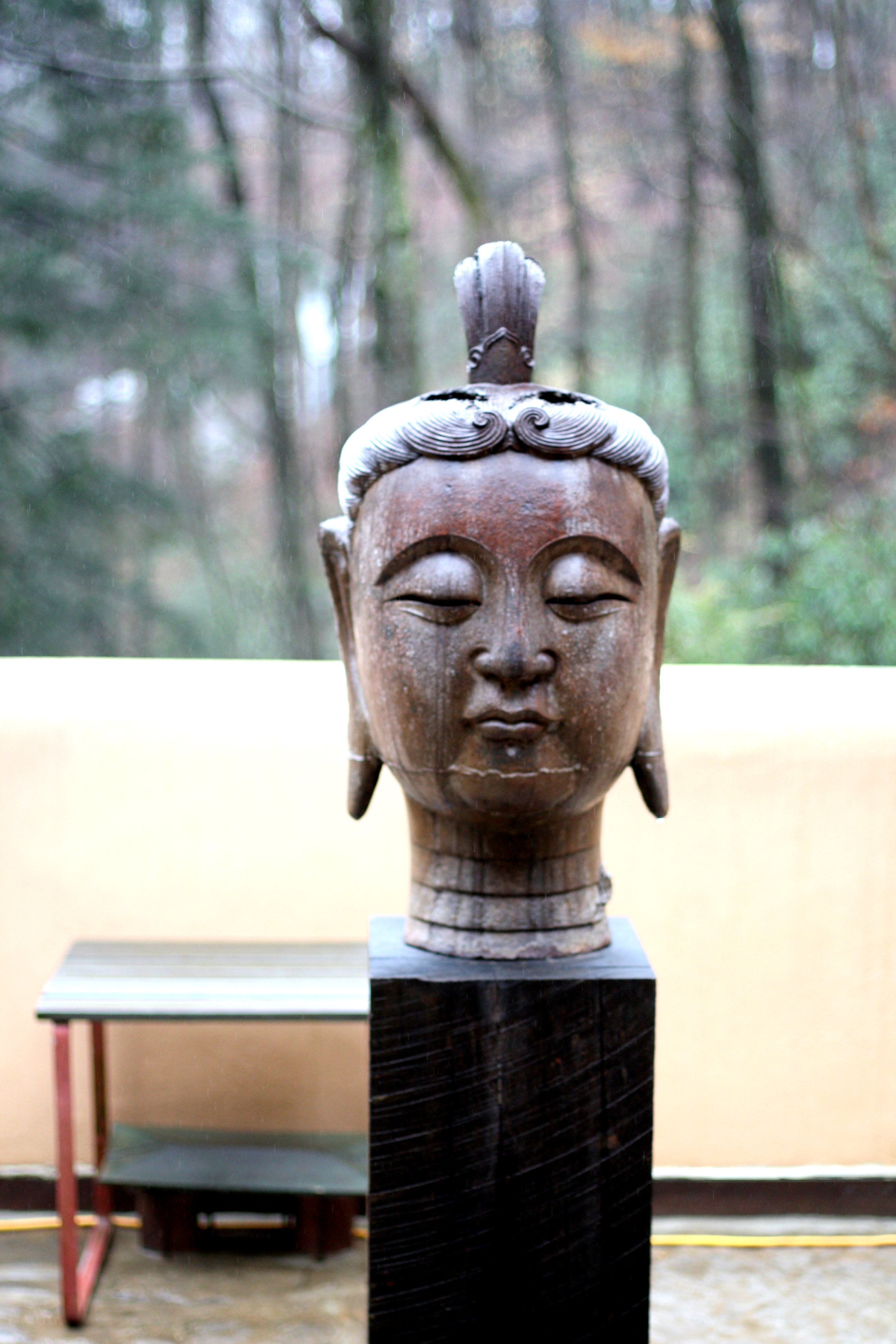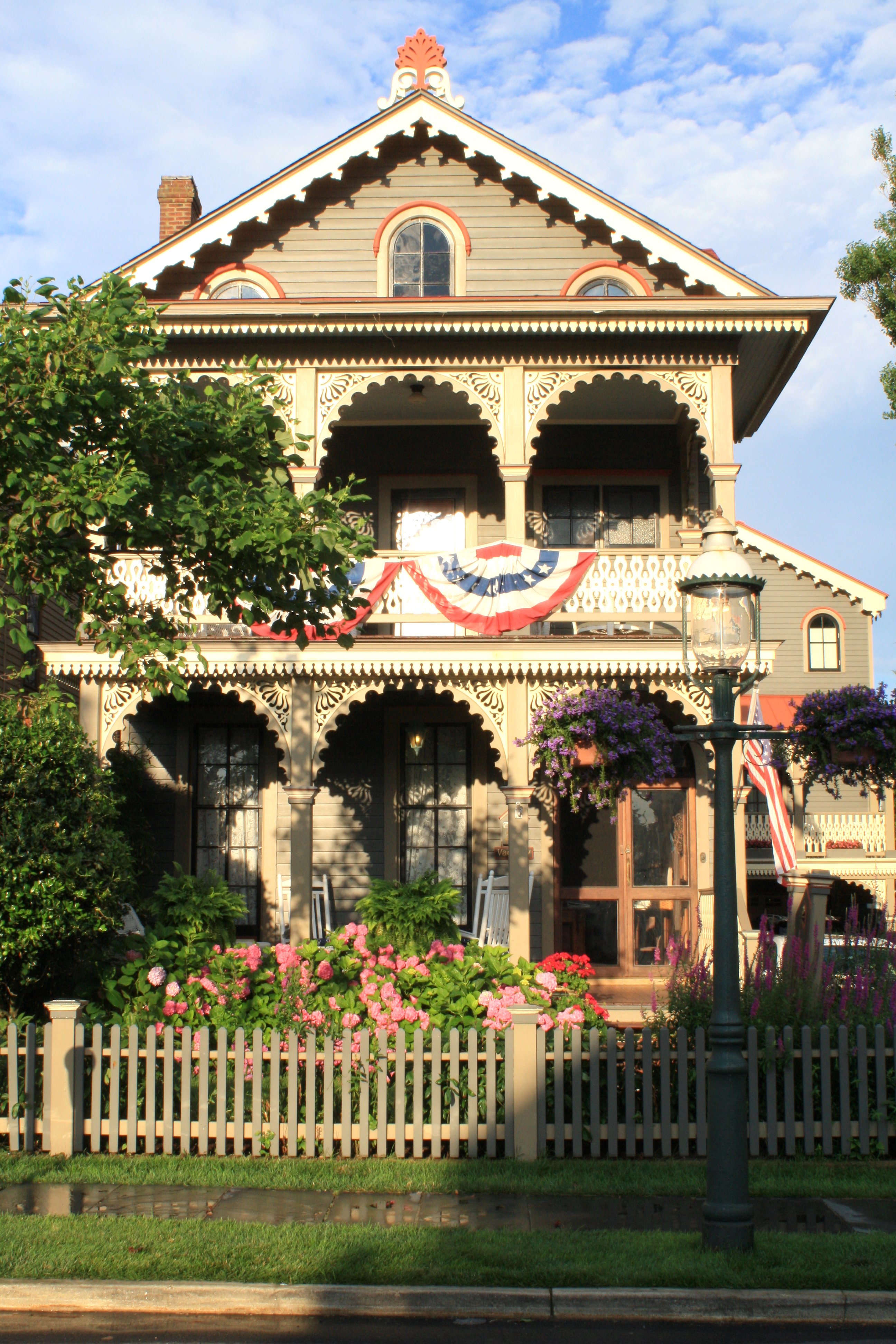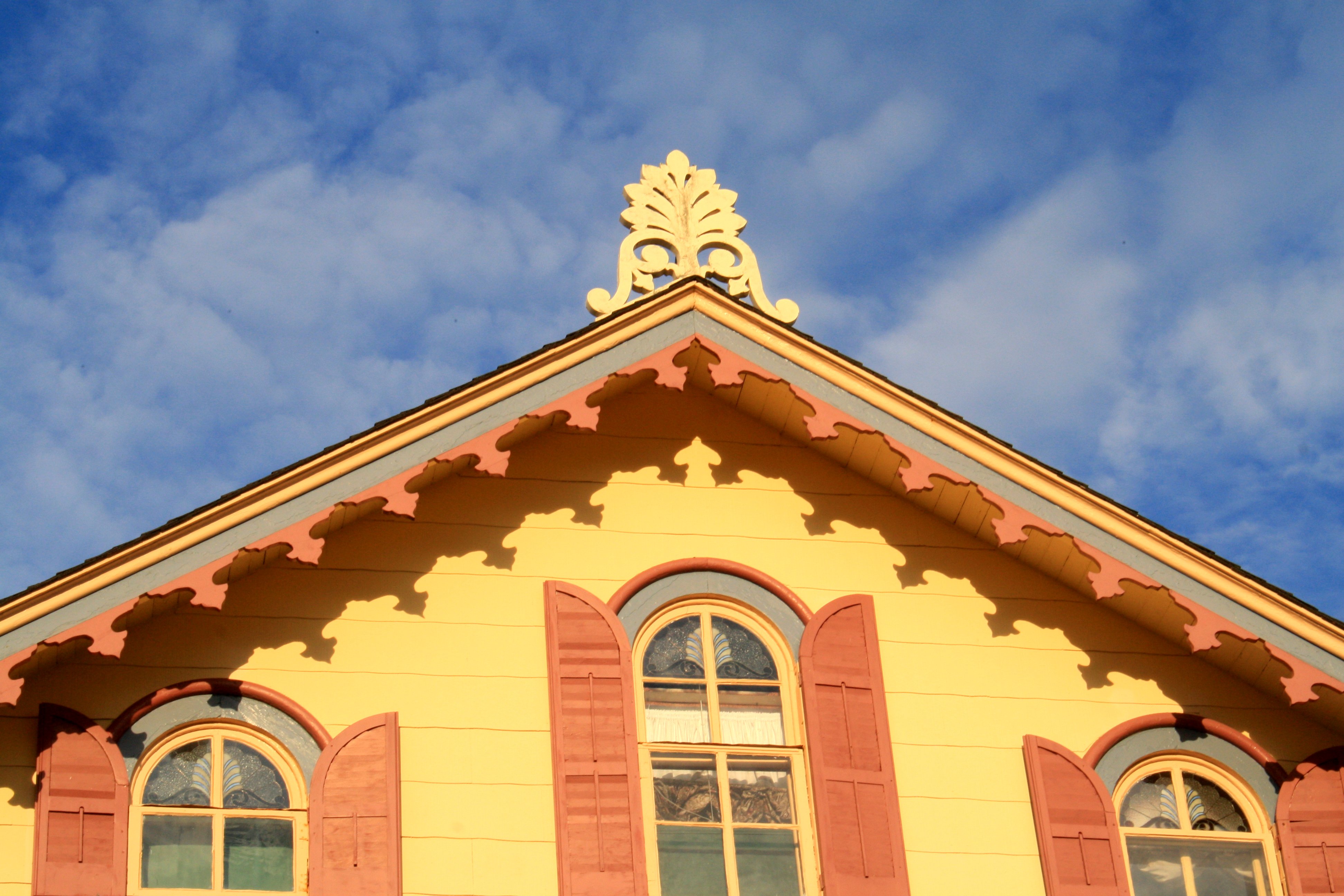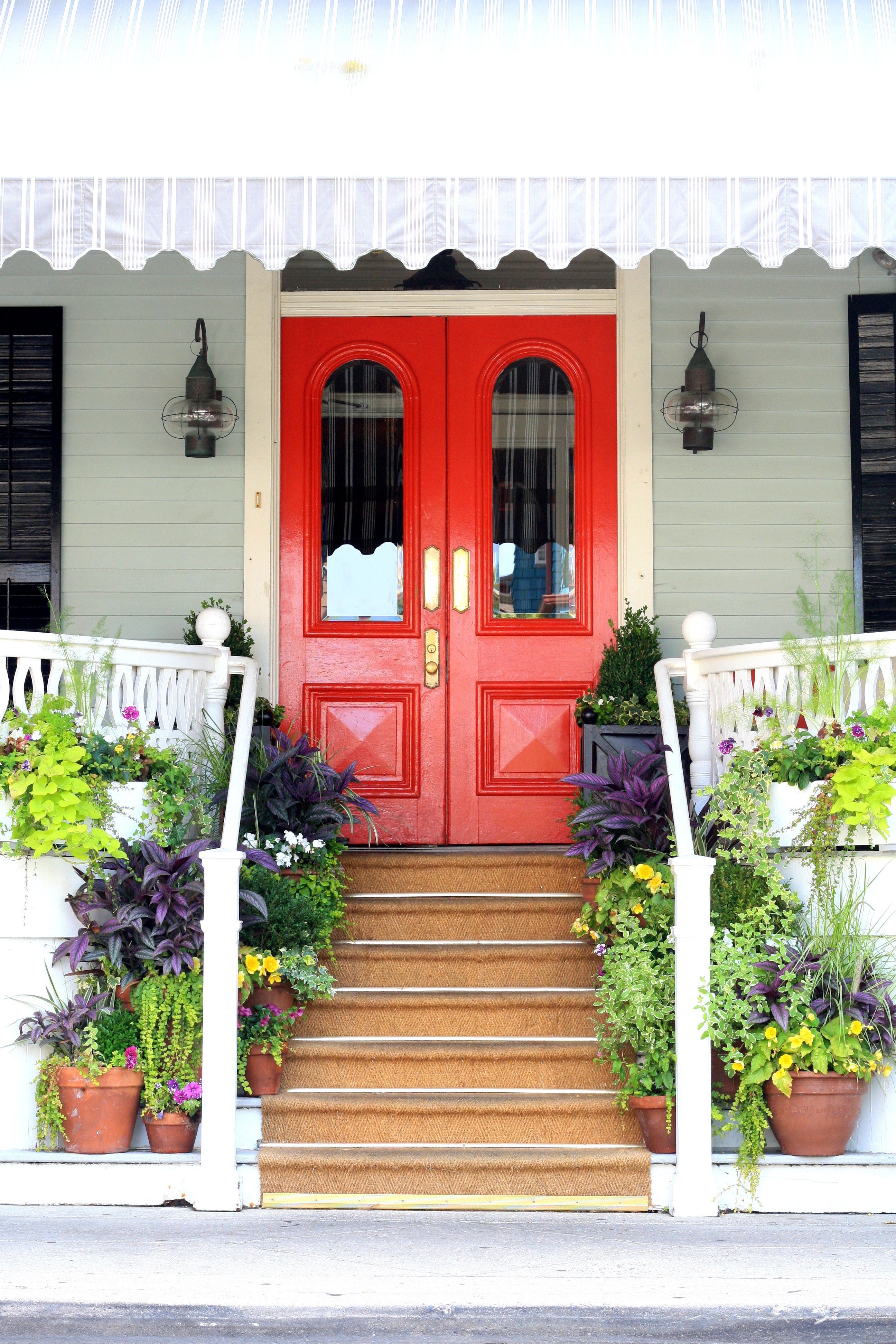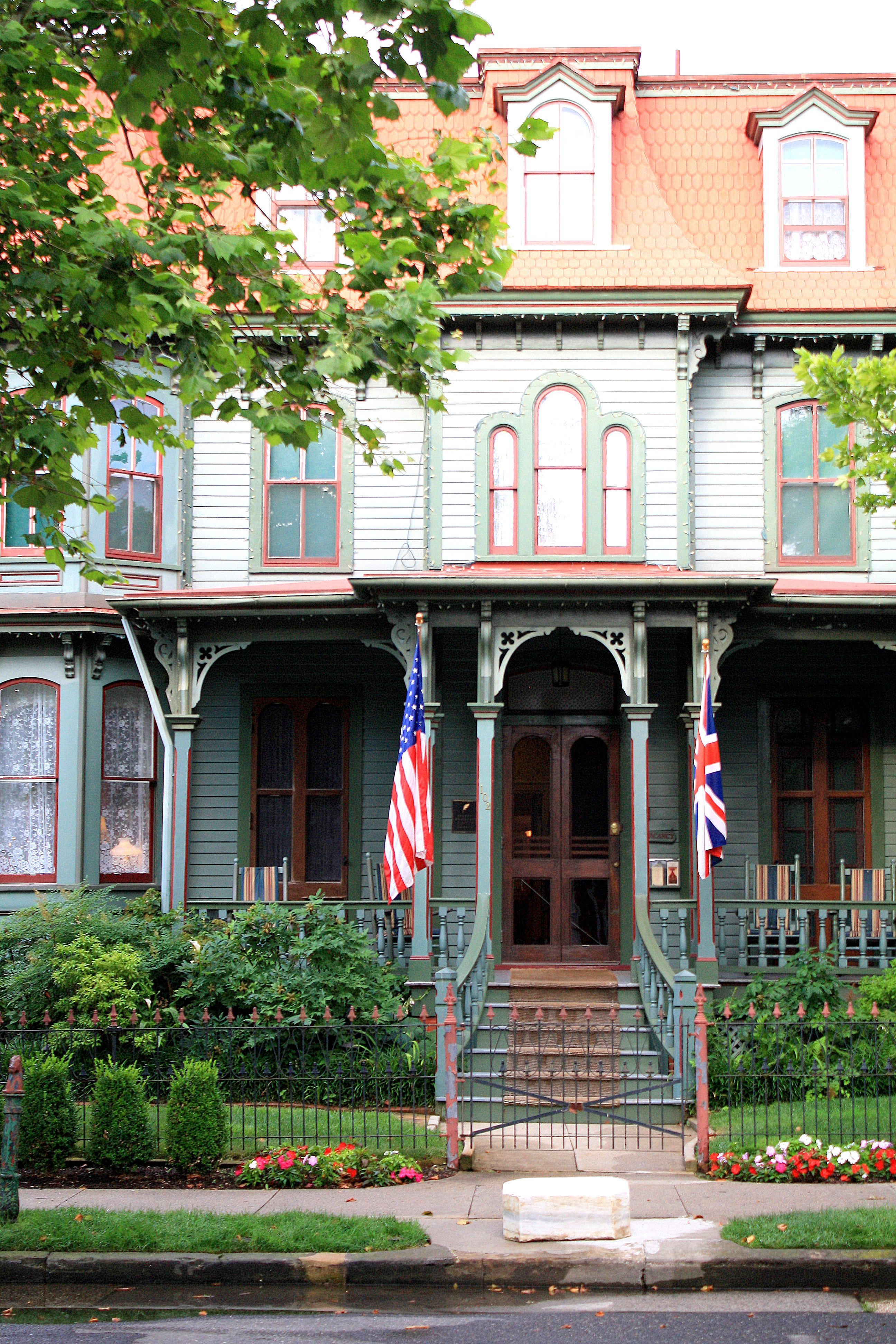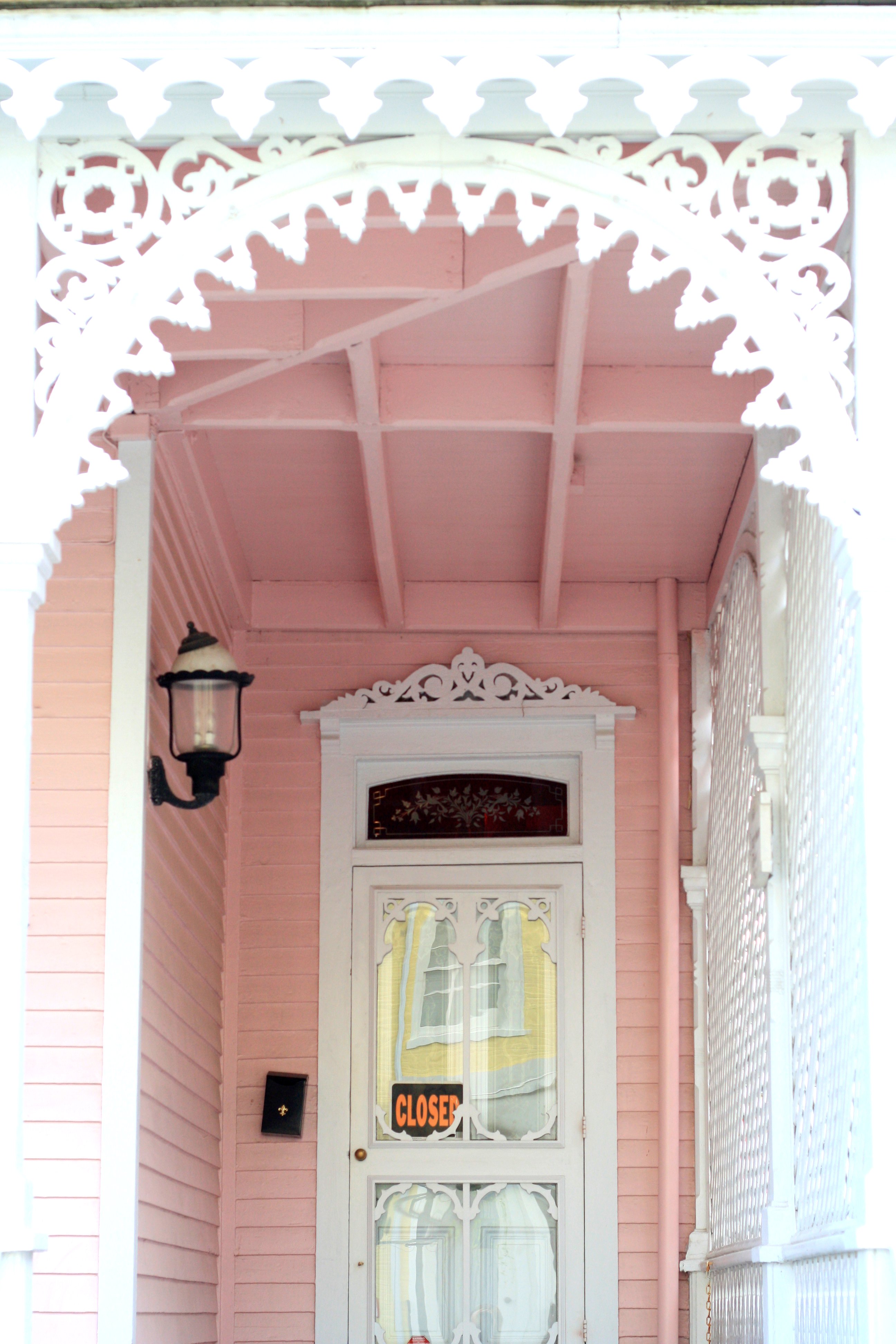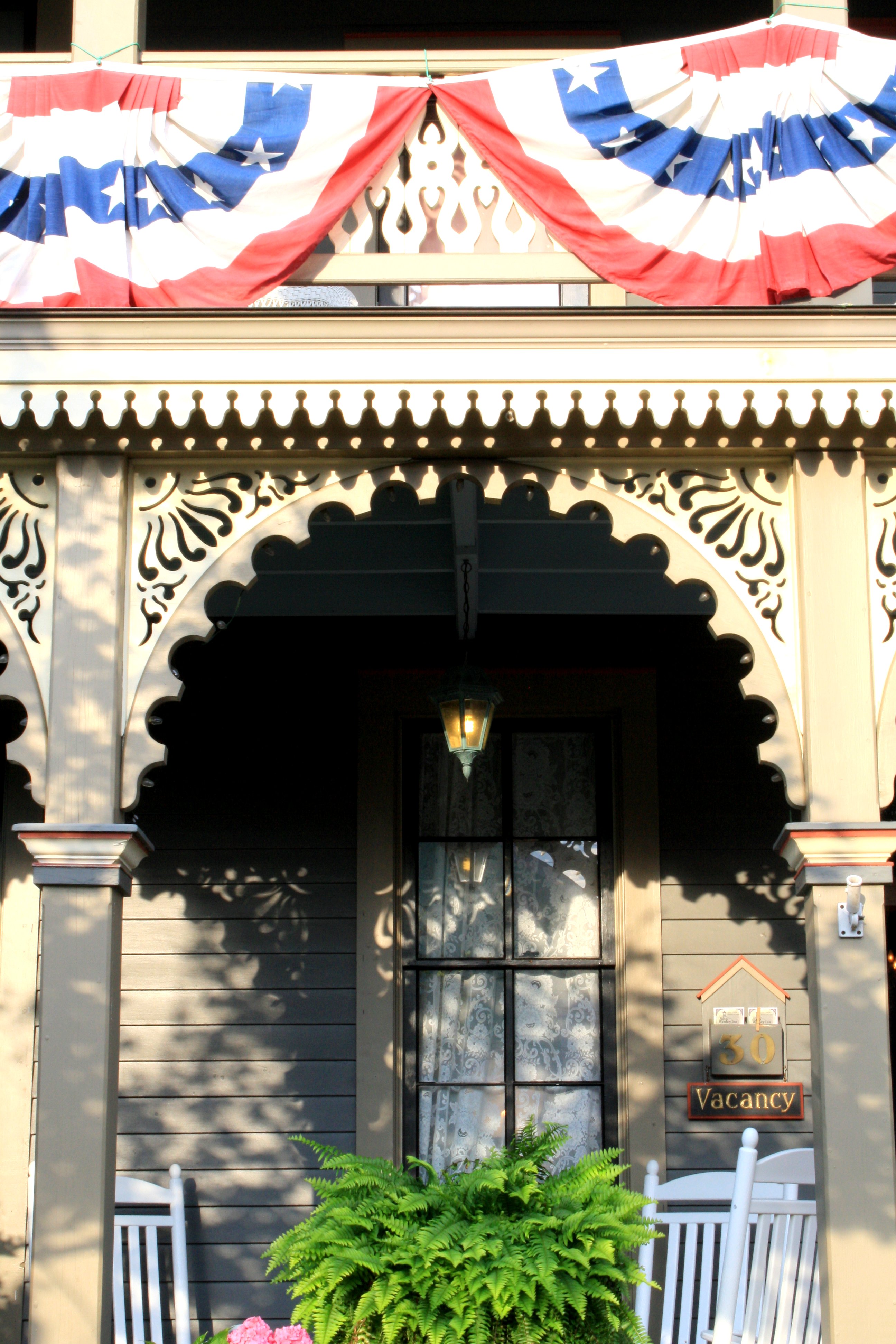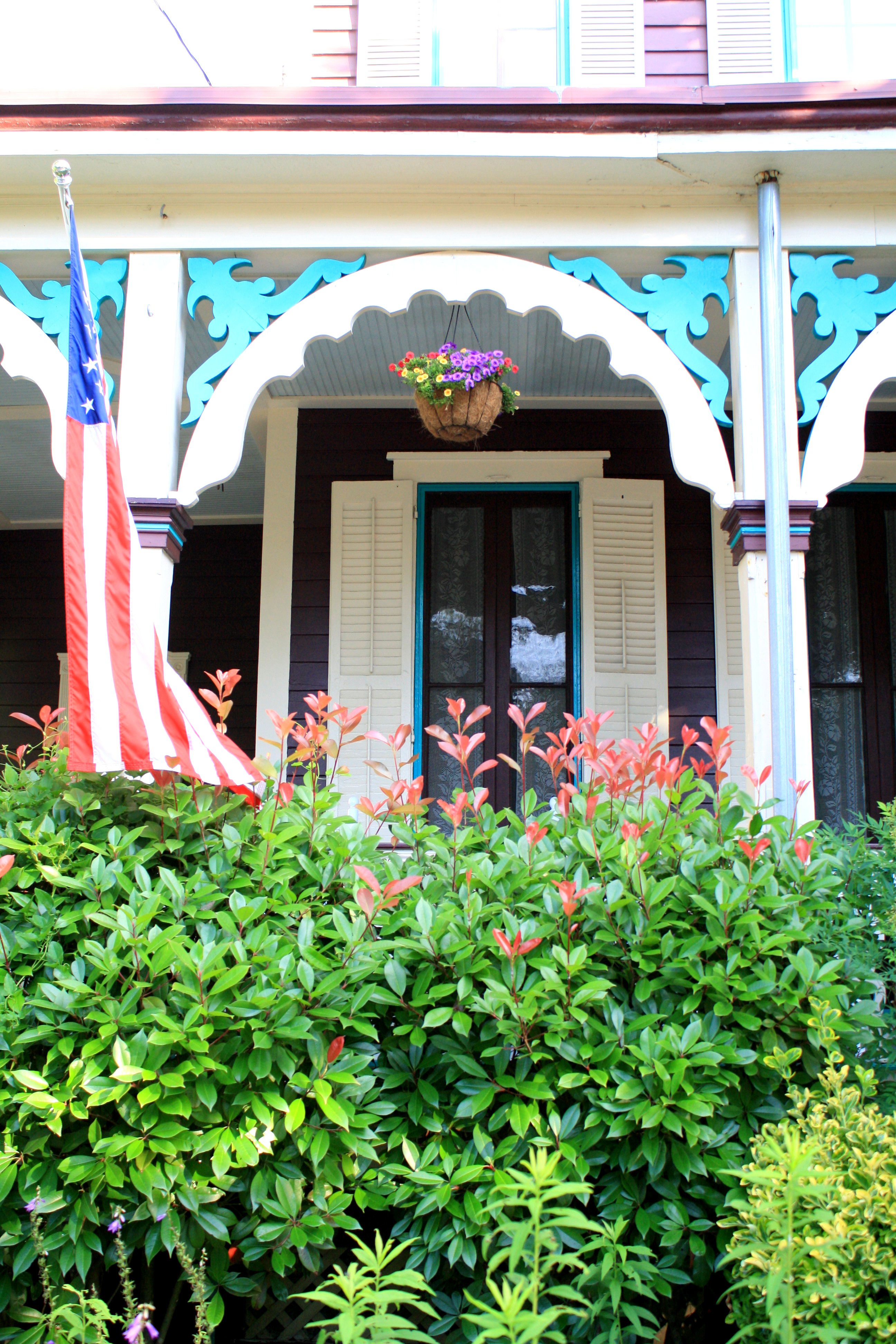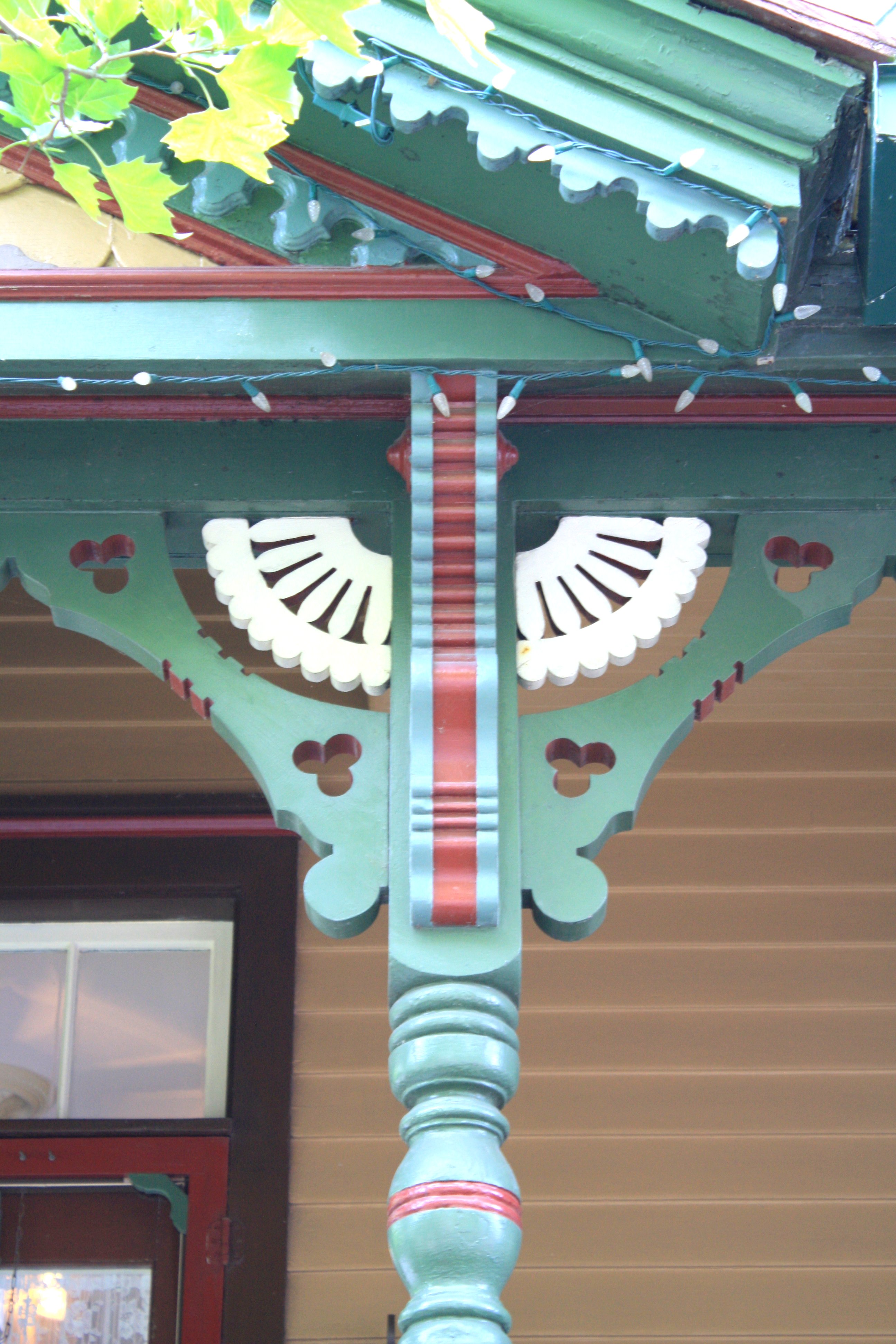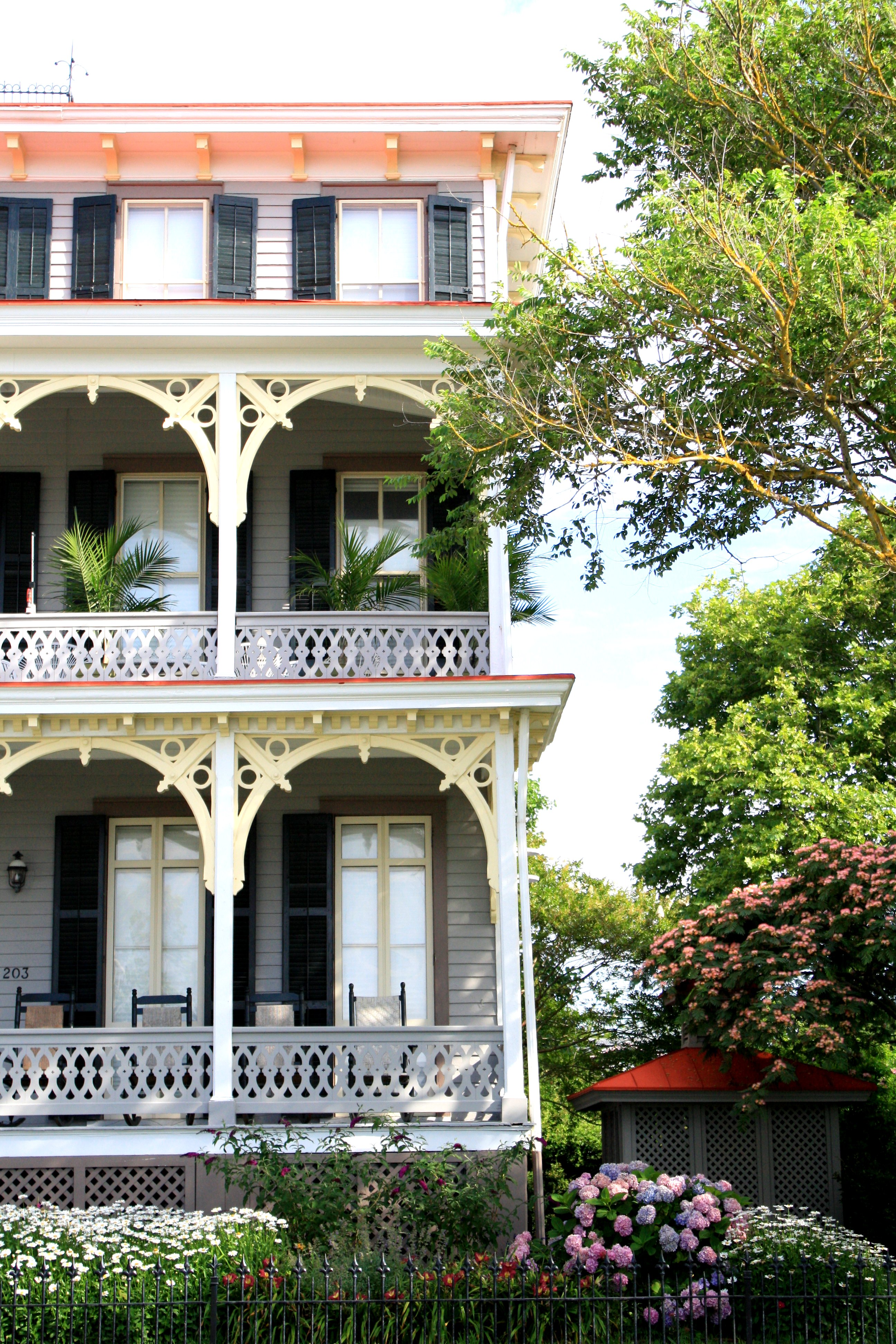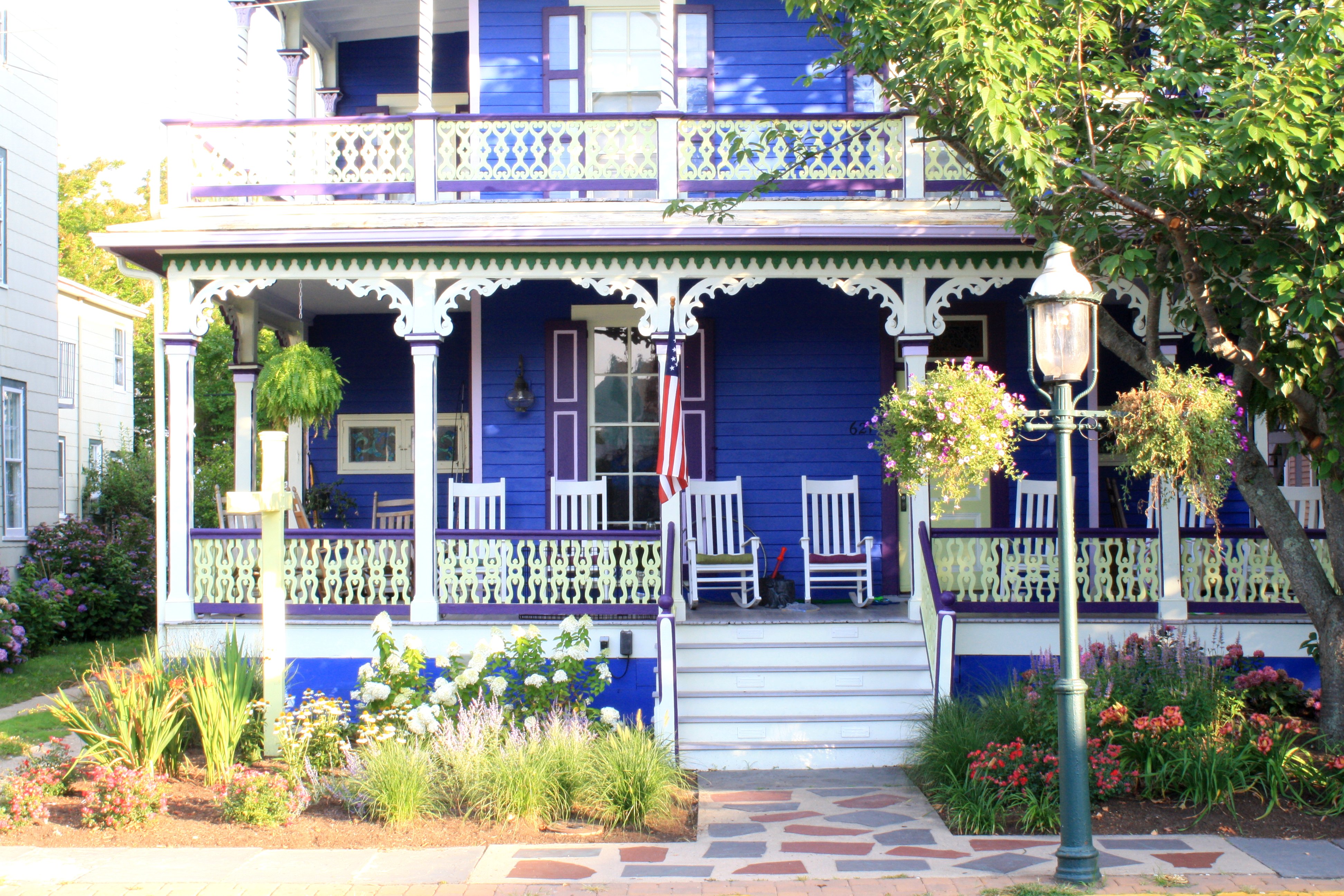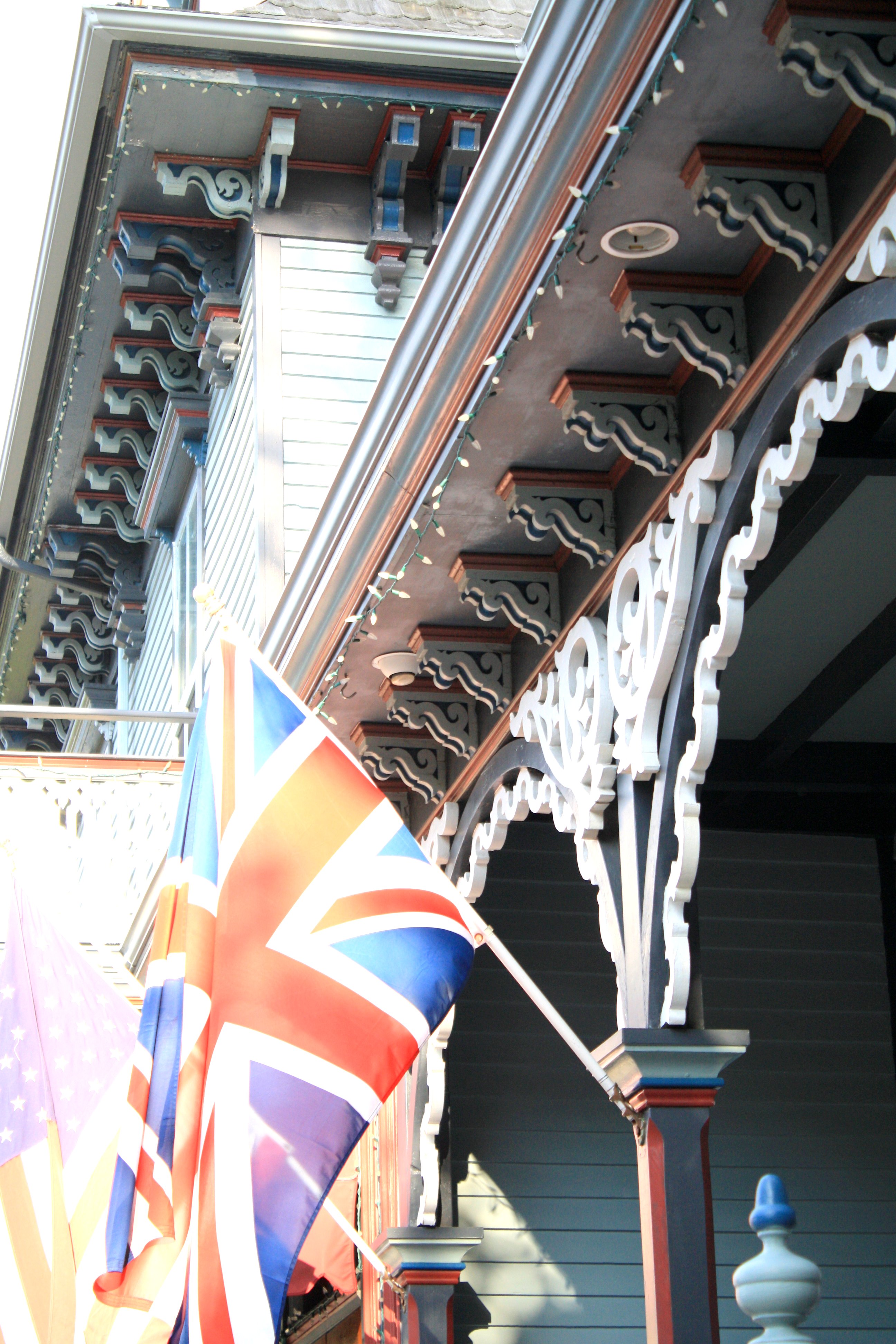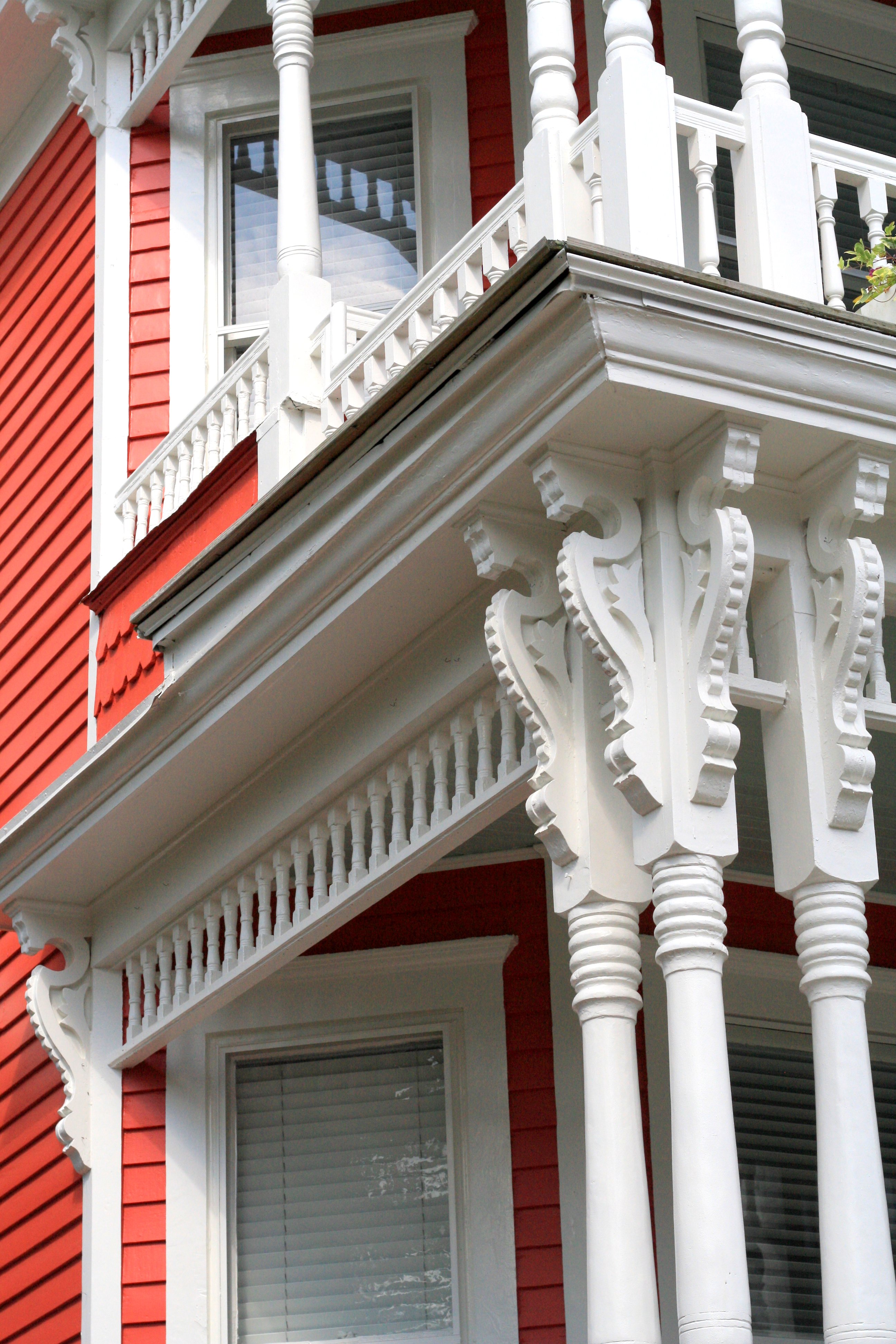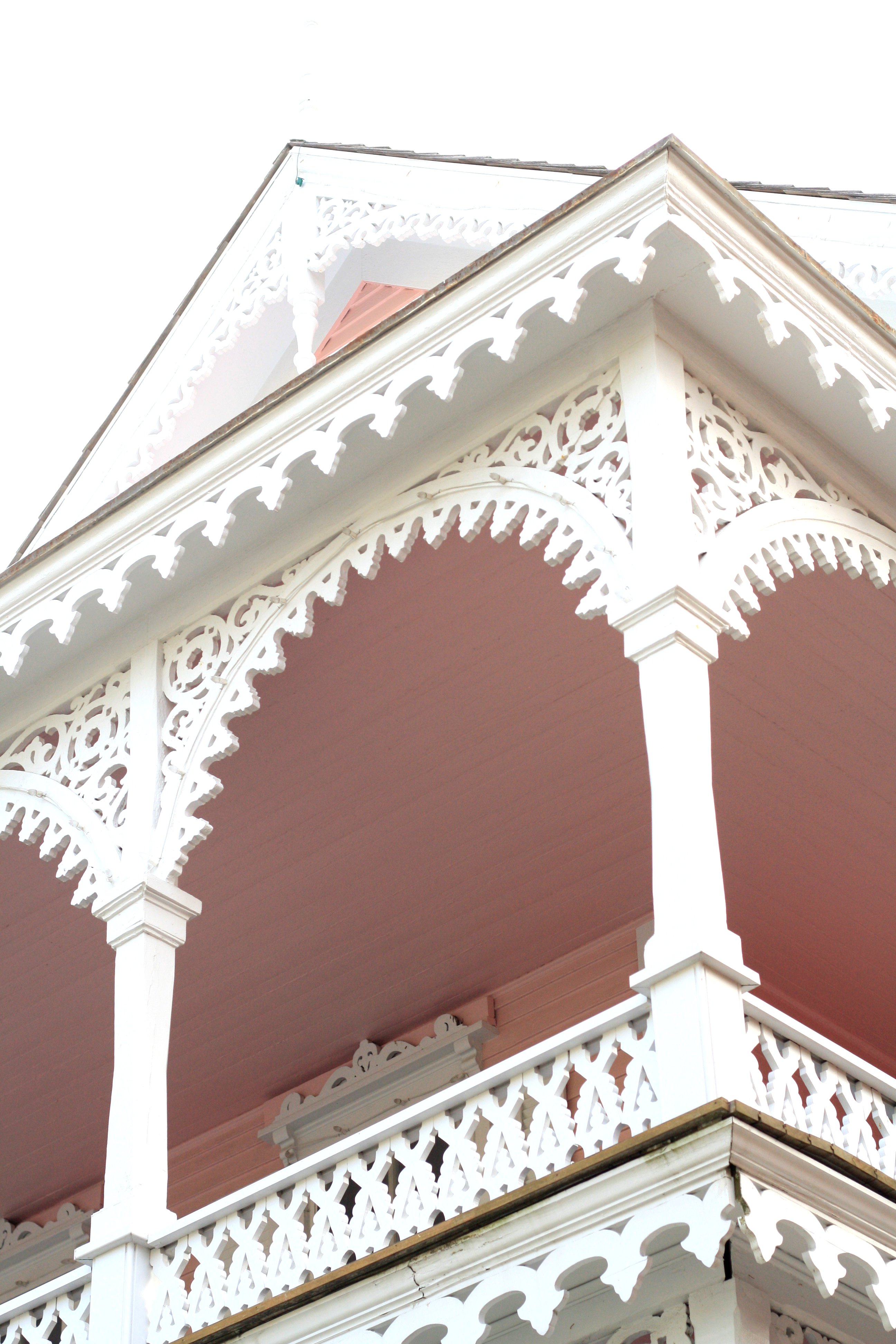When I walked inside the main living space at Fallingwater, I immediately felt at ease. I felt sometimes like I do in a wonderfully designed hotel room. Where you can tell someone has thought about exactly what you need to feel comfortable. You felt like you had everything you needed, and nothing you didn’t. There were plenty of areas to lounge and read a book or come together with others and socialize. While it functioned perfectly, it was also quite stylish. Yet not over the top where you felt uncomfortable, just enough to feel special without feeling precious. It was what we can only hope to achieve in an interior space.
Culture
White Space
As an art history major, I theoretically understand the importance of white space. Almost every work of art has it, and it’s almost always essential to making a beautiful piece. Yet understanding it theoretically is very different from understanding it practically. Practicality is really the realm of the artist. It is the artist that is skilled at saying this painting would be better if I didn’t put something in that space.
The problem with my theoretical understanding is that on some level I’m also an artist. I, like you, have many blank canvases in my life to paint. These include my time, my home, and my wardrobe among other things. I often find that these areas of my life are filled with too many things that I don’t love. One of my favorite authors, Leo Babauta, touched on how to remedy this problem in his article, “Too Much to Do, Not Enough Time.” He writes: “You have too many things to fit into your container, and you’ve decided to only put the important and beautiful things into the container. That means a bunch of things you think you “should” do are not going to fit.” What Leo is essentially instructing each of us to do is to become the artists of our own lives. When you boil it down, essentially the work of an artist is to choose – to choose to only depict what is most relevant and beautiful to the subject matter. And in order to emphasize the subject matter, the artist left out a lot of things he might have felt he “should” incorporate. For instance, think about the painting Les Demoiselles d’Avignon by Picasso. What makes this painting truly beautiful and meaningful is really what Picasso chose to leave out. Rather than depicting the women as they actually were (as he probably “should” have done as a highly trained visual artist), he chose to depict only their most basic forms, and it is what he left out that makes this painting a modern masterpiece.
As you think about those blank canvases in your life today, and your hope that they be a little more beautiful and meaningful, I invite you to ask yourself, “what can I leave out?” You might just find that this white space is just the thing your life needs to truly come alive.
Victorian Architecture
Having grown up in Texas, I wasn’t exposed to much Victorian Architecture as a child. For that reason, I was entranced by the Victorian Architecture in Cape May when we visited this summer. I roamed the streets for hours one morning trying to capture the best of what Cape May had to offer. Cape May is designated the Cape May Historic District, a National Historic Landmark, for it’s high concentration of Victorian buildings so there was plenty to capture.
What architecture did you grow up around? How did that influence what you like now?
The Importance of Style & Intelligence
I took a tour of McCormick Observatory a few months ago, and came across this old picture of an astronomer at the University of Virginia. I really got a chuckle out of the fact that he was wearing a full suit and tie to stare at the stars. It also reminded me of the famous Oscar Wilde quote “you can never be overdressed or overeducated” because this picture is such a perfect visual depiction of that idea.
As someone who’s interested in both fashion and learning, I’ve always loved this quote because it marries two areas that often seem quite opposed. I think we more commonly think that highly intelligent people do not have fashion sense, and that stylish people are not well-educated. However, I, like Wilde, do not find the realms mutually exclusive.
In fact, by linking these two ideas together, Wilde insists on the importance of both, and that each is dependent on the other. You are not truly well-dressed if you have not educated yourself, and you are not fully educated if you cannot dress properly. While they are distinct arts, they both indicate a level of respect for oneself and one’s world. You are in effect saying I care enough about myself to take care of my appearance, and I care enough about the world I live in to learn about it. Both show gratitude for the gifts you’ve been given and are important areas to cultivate in our lives.
